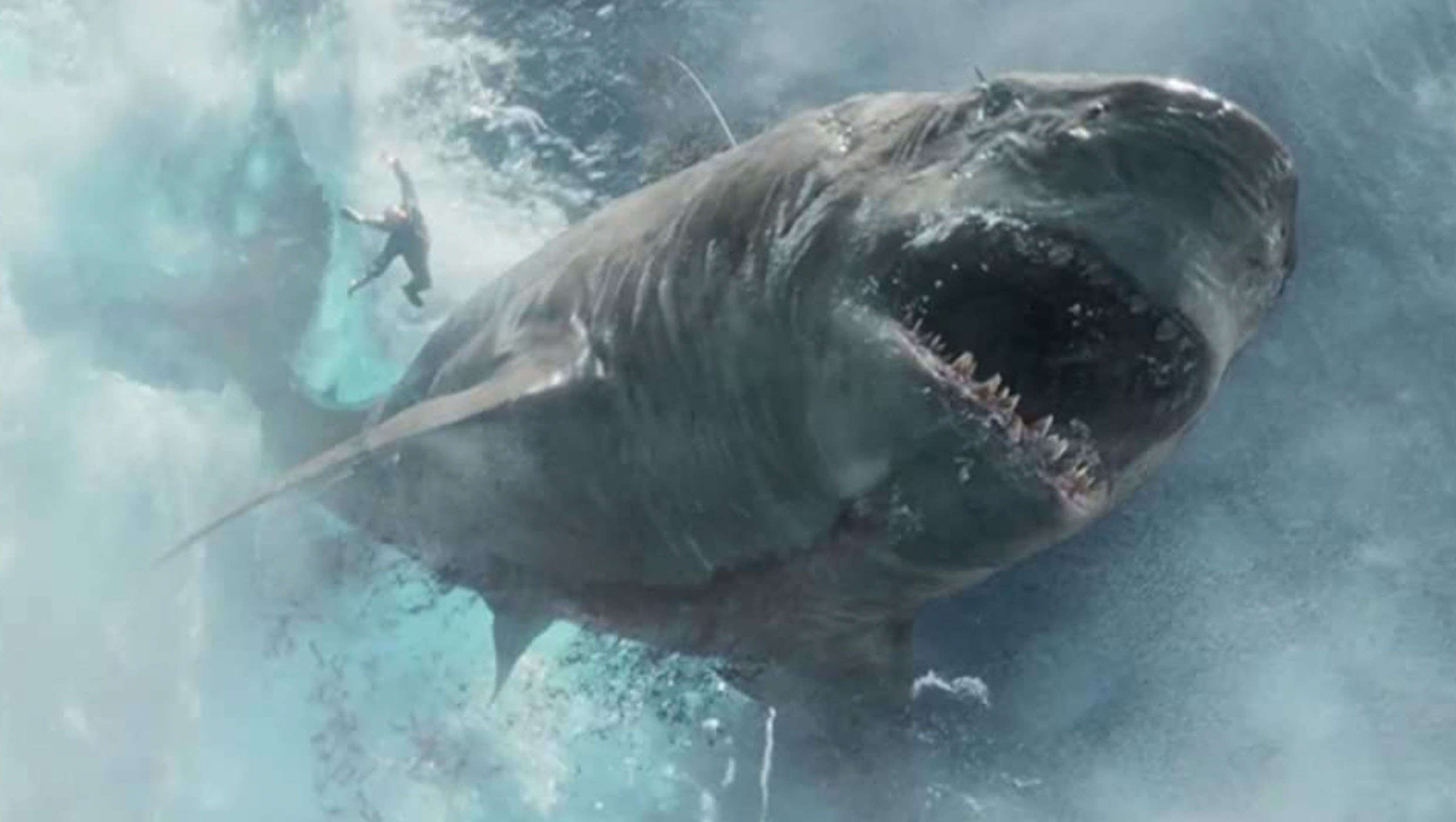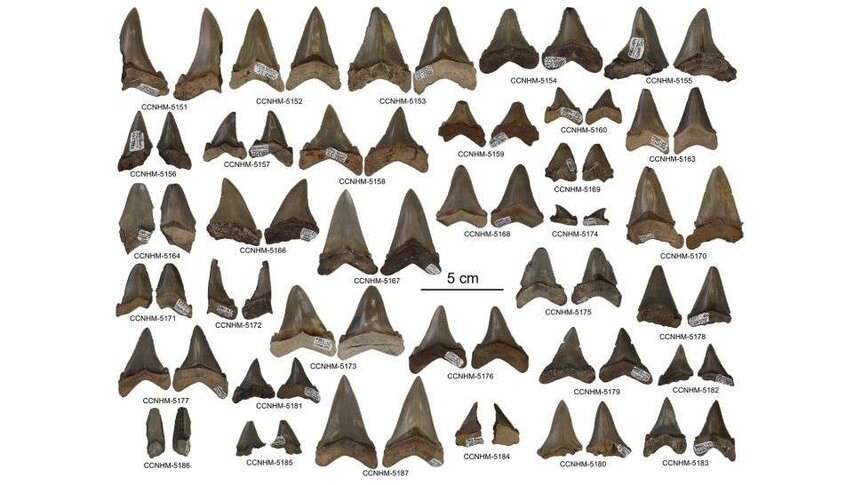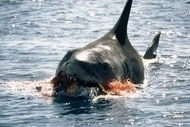Create a free profile to get unlimited access to exclusive videos, sweepstakes, and more!
No swim zone: South Carolina vacation destination was swarming with megasharks 24 million years ago

Jaws might have made you rethink going to the beach for a while, but you would have even avoided the shallows near Summerville, South Carolina, if you were around when the seas were infested with megasharks.
South Carolina is known for summertime getaways like Myrtle Beach. It is now also known for being a prehistoric breeding ground for Megalodon, Carcharocles angustidens and other megatooth sharks that prowled Oligocene-era seas for prey that was sometimes bigger than themselves. When Robert Boessenecker and his team of paleontologists examined the site (from which beachgoers notoriously take home shark tooth souvenirs), they found not only a plethora of fossilized teeth, but evidence that is having them reimagine how big some of these sea monsters could get.
While Megalodon may be the most famous megatooth shark (it did get a mega Hollywood presence with The Meg, after all), C. angustidens was not far behind. Boessenecker, a research fellow at the Mace Brown Museum of Natural History of Charleston, South Carolina, realized that what is now a pretty safe beach near Summerville was once a nursery for sharks that took advantage of its shallower waters — which were ideal for their young who were not yet ready to take to the open water, and for an abundance of prey that was easy to snap up.
“C. angustidens had slightly pointier teeth than C. megalodon, and these little cusps on the side of the tooth that gradually became smaller through time,” Boessenecker told SYFY WIRE. “C. chubutensis, the descendant of C. angustidens, has smaller cusps that nearly merge with the crown, and they are lost in the final species of the megatoothed lineage — C. megalodon. These are 'chronospecies' and thought to be the same continuous population through time, undergoing slow anatomical change in the teeth.”
Don’t underestimate C. angustidens. This creature had teeth like serrated knives. Its only competition in what were once dangerous waters was other megatooth sharks and the occasional raptorial sperm whale like Brygmophyseter. Most of its meals consisted of dolphins and small whales, though megatooth sharks were known to cannibalize each other sometimes (probably when food was scarce). It was in the ancient South Carolina nursery that Boessenecker found the largest tooth from this shark known to exist. Using an equation that figures out a shark’s body length based on how big its teeth are, the maximum size for C. angustidens has now gone up to nearly 28 feet. Megalodon has also had its max size refigured.
“Reconstruction of C. megalodon’s body length has put the largest specimens at around 45 feet long, which is conservative, but seems to be well-supported by several different analytical methods. This seems to be the upper size limit for cartilaginous fish (compare with the max length of the whale shark or basking shark).”
Some scientists even think C. angustidens belongs to the Carcharodon genus with the star of Jaws, the Great White shark, more than the star of The Meg. Boessenecker does believe that C. angustidens was somewhat ecologically similar to the Great White in its use of nursery areas. Such places are much safer for baby sharks, giving them the chance to grow and thrive away from predators until they have a fighting chance in the open ocean. But Great Whites are still nothing compared to beasts like Megalodon and C. angustidens, so why are they still hanging around while the other two went extinct?
“We found the extinction date of C. megalodon to be 3.6 million years ago, coinciding with the evolution of the modern Great White, which we think outcompeted C. megalodon,” Boessenecker said, while referring to a previous study he had been part of.
When you can finally make vacation plans again (assuming the COVID-19 pandemic will eventually go the way of megatooth sharks), head to South Carolina, if only for the chance of finding a fossil shark tooth.



























